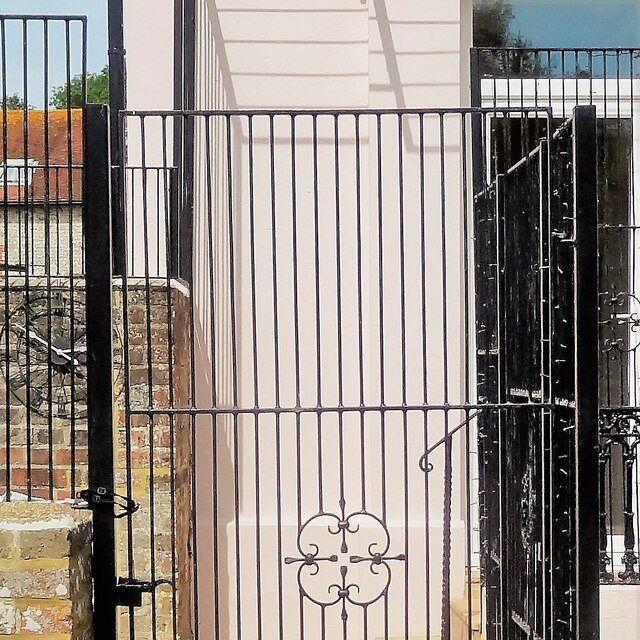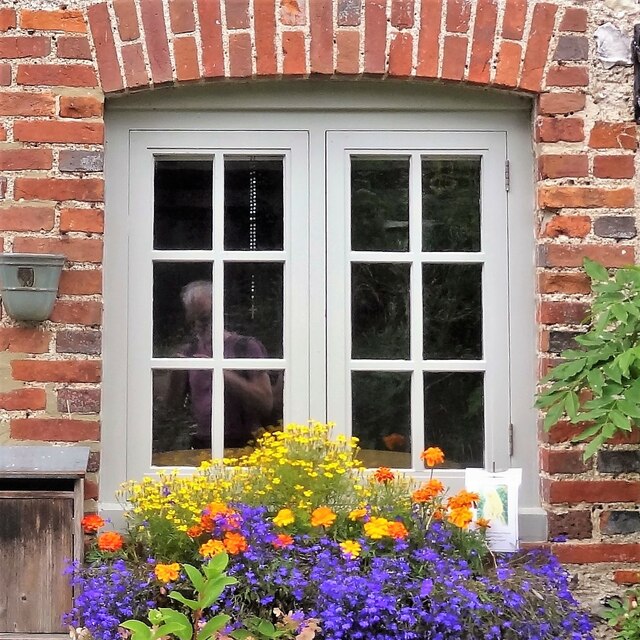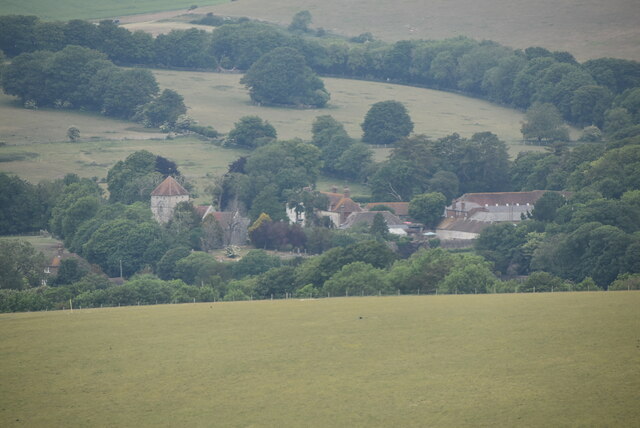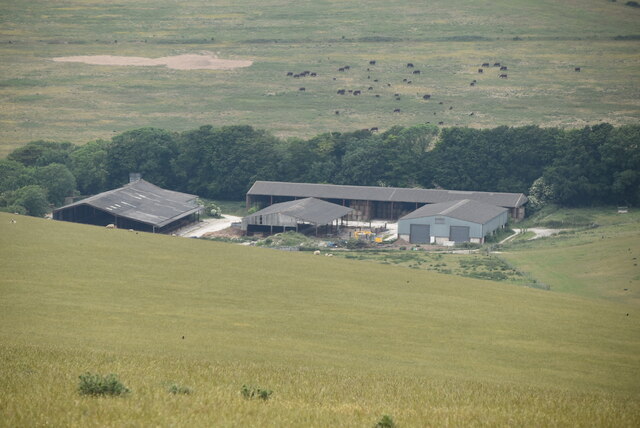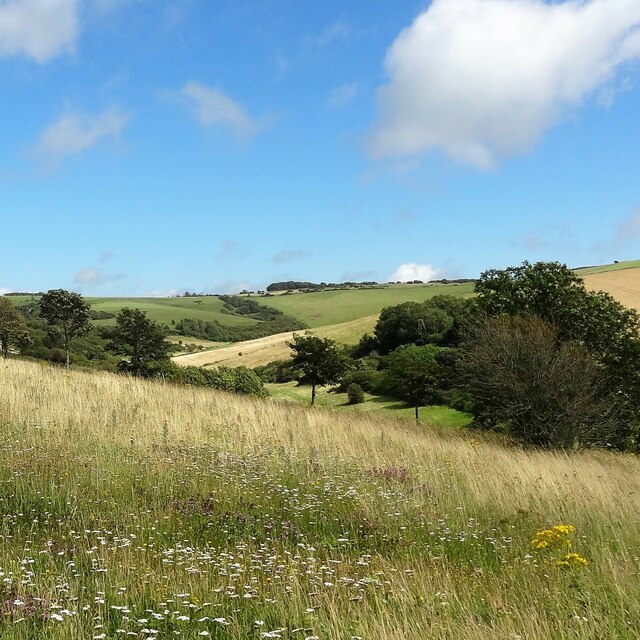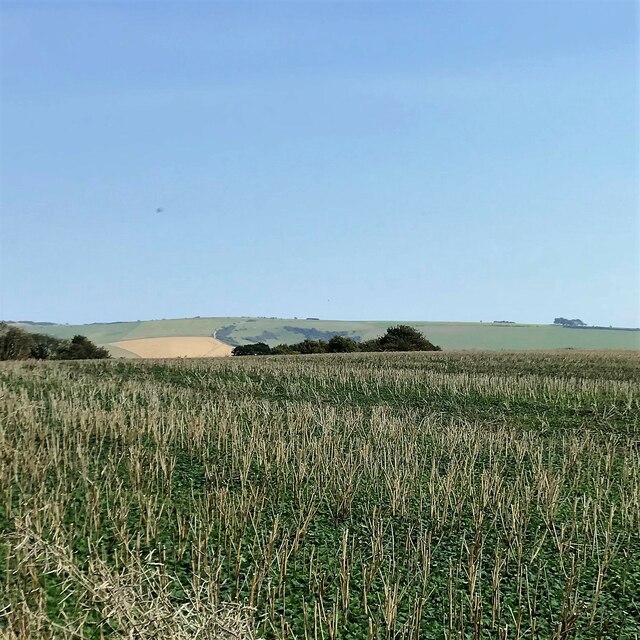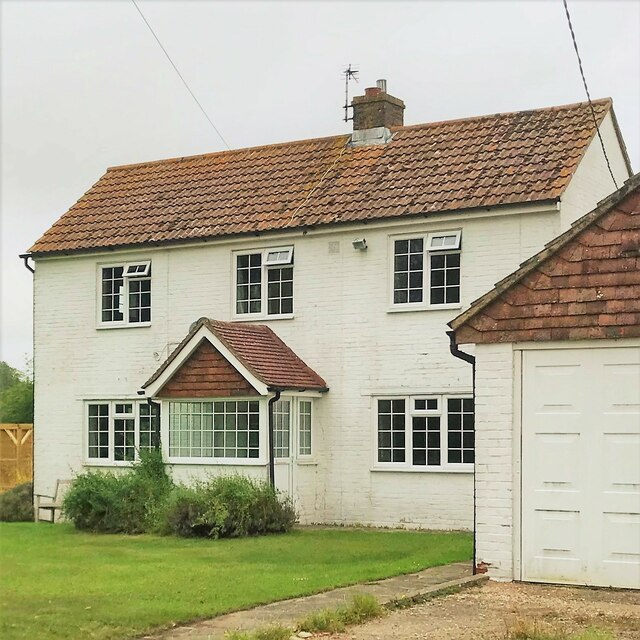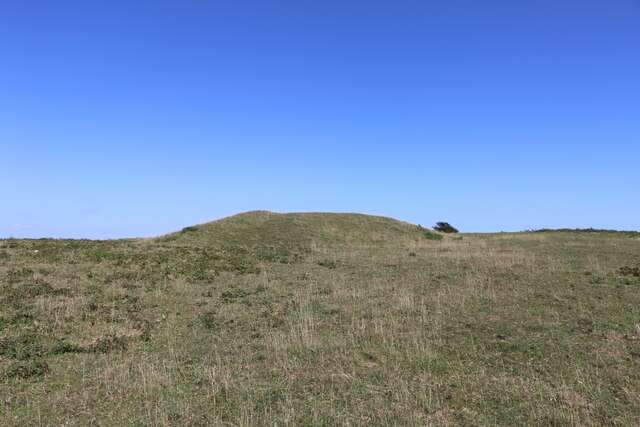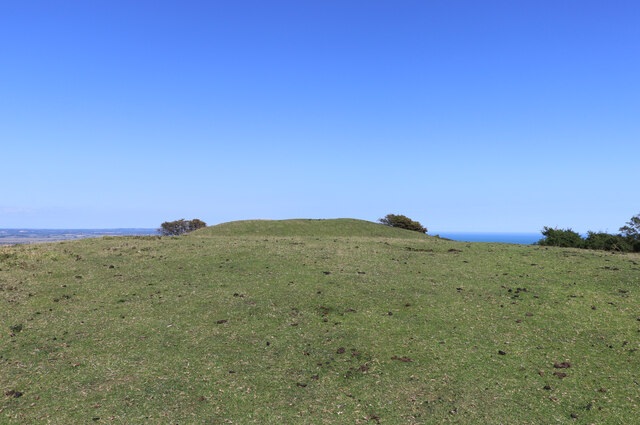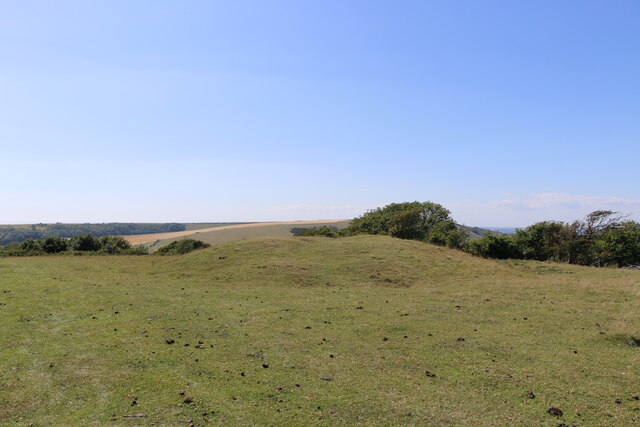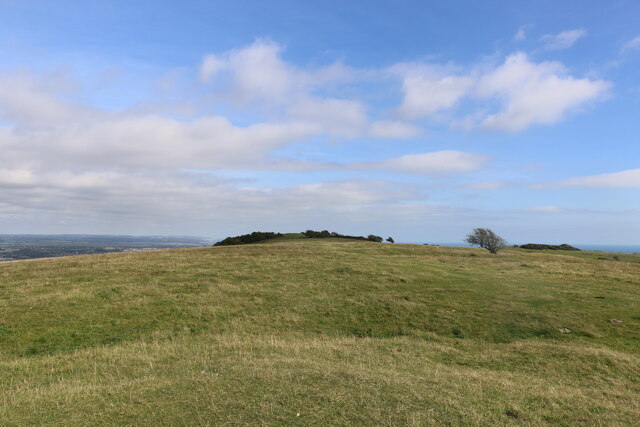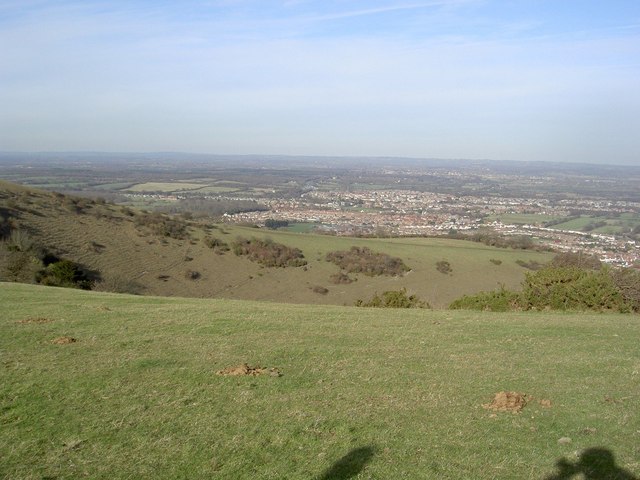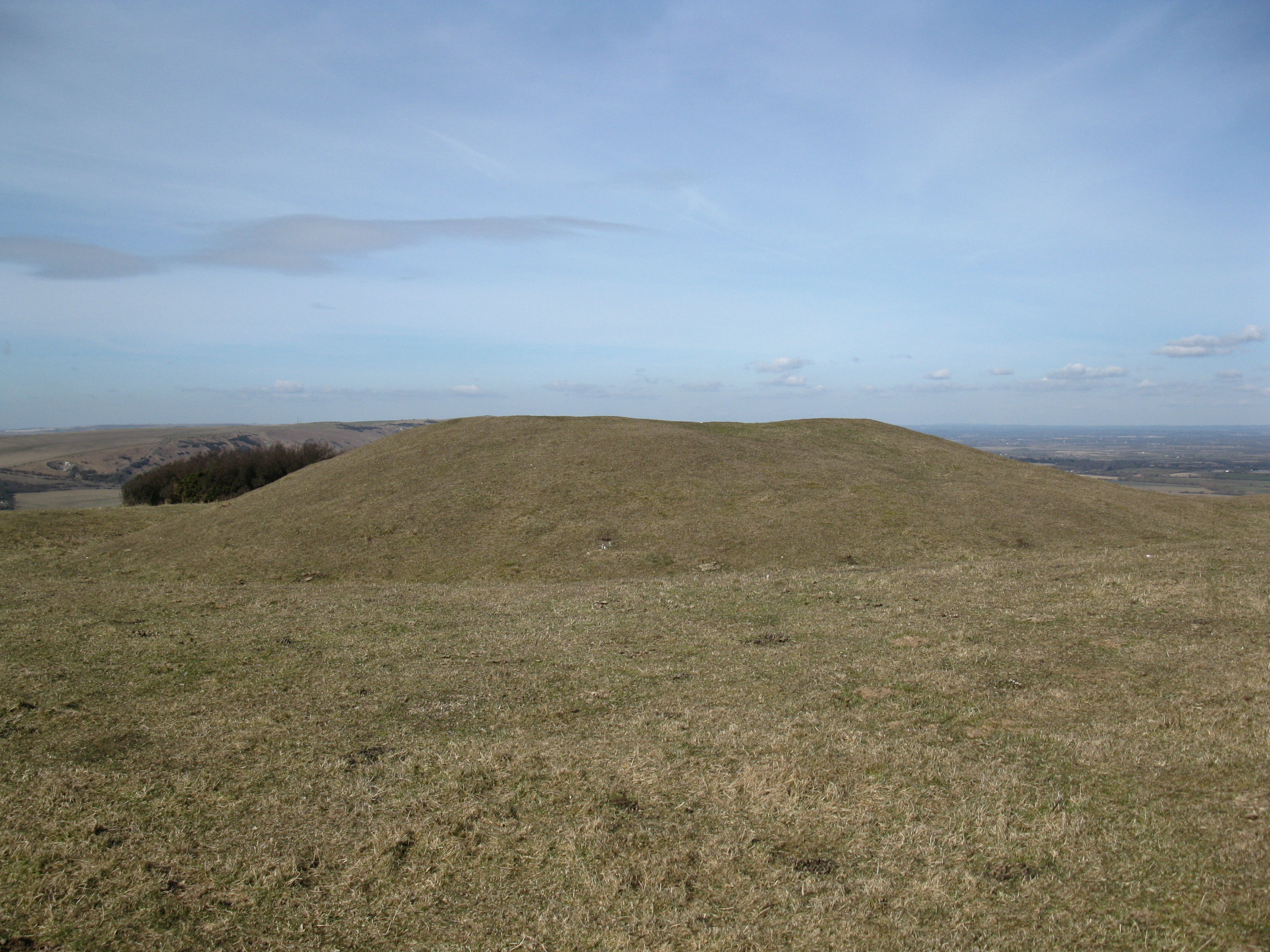Ash Shaw
Wood, Forest in Sussex Wealden
England
Ash Shaw
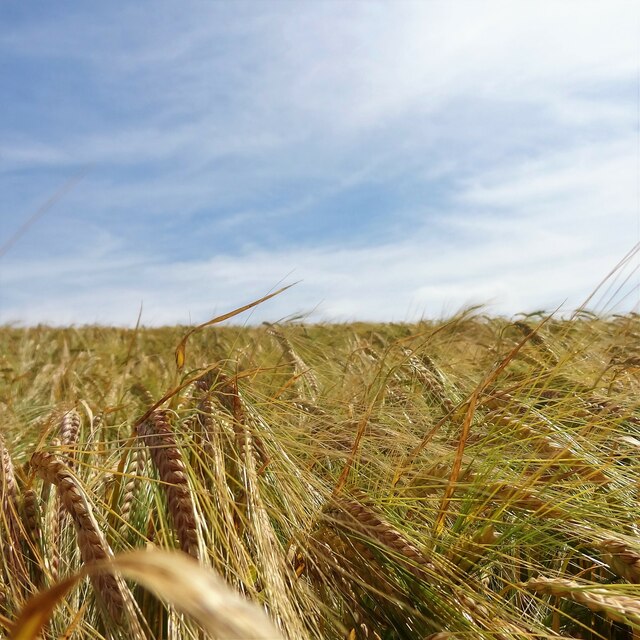
Ash Shaw is a small village located in the county of Sussex, England. Situated in the beautiful countryside, it is known for its abundant woodlands and dense forests, earning it the nickname "Wood" or "Forest" amongst the locals. The village is nestled amidst rolling hills and green meadows, offering breathtaking views of the surrounding natural landscape.
With a population of around 500 residents, Ash Shaw exudes a tranquil and peaceful atmosphere. The village is predominantly residential, with charming cottages and houses dotting the streets. The architecture reflects a mix of traditional English styles, showcasing the village's rich history and heritage.
The woodlands surrounding Ash Shaw are a major attraction for nature lovers and outdoor enthusiasts. The dense forests are home to a diverse range of flora and fauna, making it an ideal destination for hiking, bird watching, and nature walks. Popular trails wind through the woods, offering visitors an opportunity to immerse themselves in the beauty of the countryside.
In addition to its natural beauty, Ash Shaw also boasts a close-knit community with a strong sense of camaraderie. The village hosts various events and festivals throughout the year, including summer fairs and Christmas markets, which bring residents and visitors together.
Despite its peaceful setting, Ash Shaw is conveniently located near larger towns and cities. The village is just a short drive away from the bustling town of Sussex, providing easy access to amenities, shopping centers, and transportation links.
In conclusion, Ash Shaw, Sussex, is a picturesque village renowned for its woodlands and forests. With its stunning natural beauty, close-knit community, and convenient location, it offers residents and visitors a tranquil escape from the hectic pace of city life.
If you have any feedback on the listing, please let us know in the comments section below.
Ash Shaw Images
Images are sourced within 2km of 50.802669/0.21941203 or Grid Reference TQ5602. Thanks to Geograph Open Source API. All images are credited.
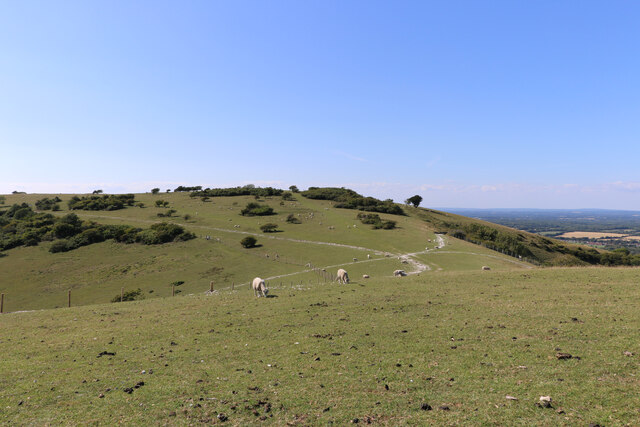
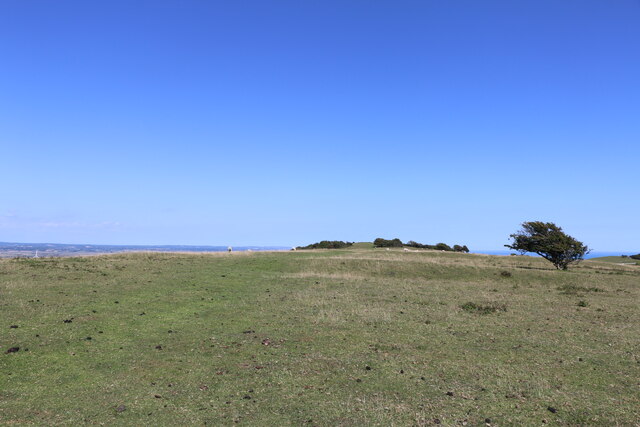
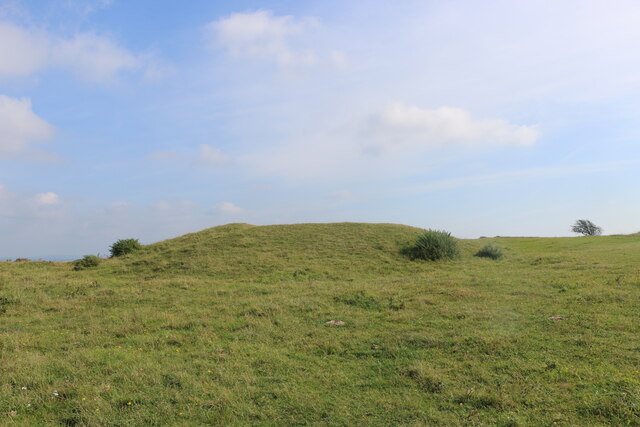
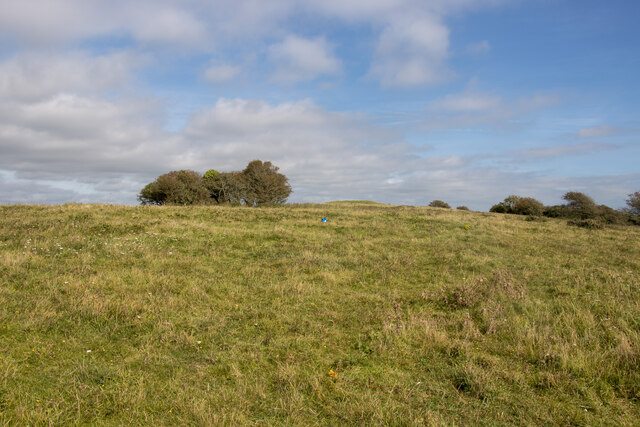
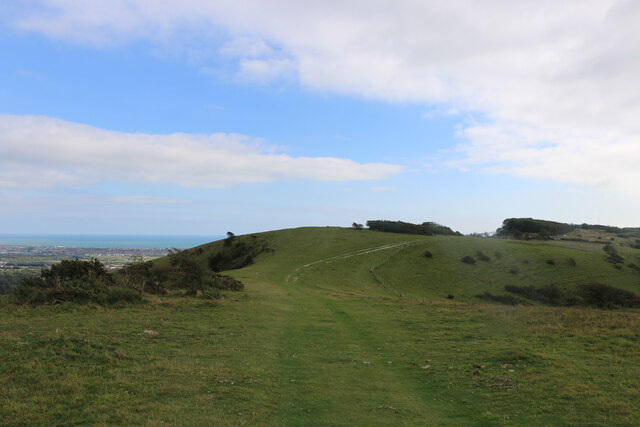
Ash Shaw is located at Grid Ref: TQ5602 (Lat: 50.802669, Lng: 0.21941203)
Administrative County: East Sussex
District: Wealden
Police Authority: Sussex
What 3 Words
///empty.spot.crops. Near Friston, East Sussex
Nearby Locations
Related Wikis
Folkington Reservoir
Folkington Reservoir is a 5.8-hectare (14-acre) biological Site of Special Scientific Interest south-west of Polegate in East Sussex.The banks of the reservoir...
Combe Hill, East Sussex
Combe Hill is a causewayed enclosure, near Eastbourne in East Sussex, on the northern edge of the South Downs. It consists of an inner circuit of ditches...
Church of St Peter ad Vincula, Folkington
The Church of St Peter ad Vincula, Folkington, East Sussex is a parish church dating from the 13th century. Built of flint and rubble, it is a Grade I...
Folkington Manor
Folkington Manor (pronounced Fo'ington) is a grade II* listed country house situated in the village of Folkington two miles (3.2 km) west of Polegate,...
Willingdon Down
Willingdon Down is a 67.5-hectare (167-acre) biological Site of Special Scientific Interest west of Willingdon, a suburb of Eastbourne in East Sussex....
Willingdon Community School
Willingdon Community School is an 11–16 coeducational secondary school located in the Lower Willingdon area of Eastbourne in the English county of East...
More Radio Eastbourne
More Radio Eastbourne, formerly Sovereign FM, is an Independent Local Radio station serving Eastbourne, Hailsham, Polegate and surrounding areas. It is...
Wilmington Downs
Wilmington Downs is a 209.8-hectare (518-acre) biological Site of Special Scientific Interest north-west of Eastbourne in East Sussex. The site includes...
Nearby Amenities
Located within 500m of 50.802669,0.21941203Have you been to Ash Shaw?
Leave your review of Ash Shaw below (or comments, questions and feedback).
